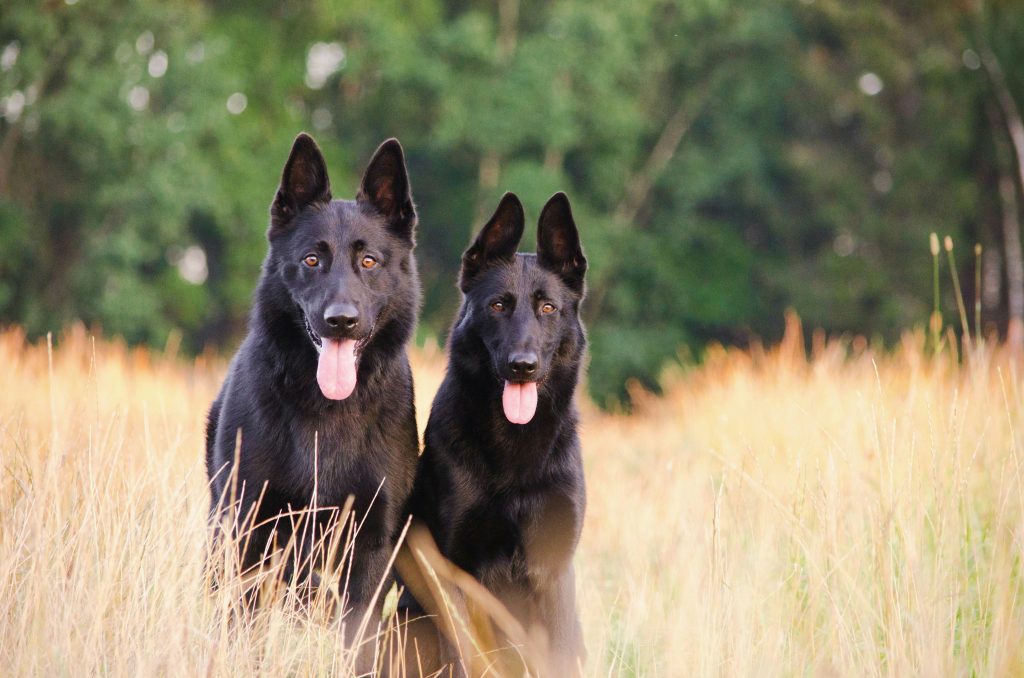The Foundations of Mindful Dog Ownership
Mindfulness isn’t just a practice for people—it can extend to how we care for our dogs, too. At its core, mindful dog ownership is about being present, aware, and intentional in the way you raise, interact with, and care for your pup. It’s not about being perfect. It’s about showing up with compassion and curiosity every day.
In this post, we’ll explore the core principles of mindful dog ownership and how they can strengthen your relationship with your dog, reduce stress, and create a more fulfilling life for both of you.
What Is Mindful Dog Ownership?
Mindful dog ownership means:
-
Being fully present with your dog
-
Recognizing their emotional and physical needs
-
Responding thoughtfully, not reactively
-
Building a deep connection based on mutual trust and respect
It’s a mindset that invites you to slow down, observe, and listen to your dog’s cues rather than rushing through routines or relying on automatic habits.
1. Start with Self-Awareness
You are your dog’s world—and your emotional state affects them more than you may realize. Dogs are incredibly perceptive. When you’re anxious, rushed, or frustrated, they can mirror that energy.
Ask yourself:
-
What energy am I bringing into my time with my dog?
-
Am I distracted or truly focused on them?
-
How do I react to their behavior—with frustration or curiosity?
Practicing self-awareness helps you create a calmer, more stable environment for your pup.
2. Daily Presence Over Perfect Schedules
You don’t have to be a perfect owner who follows rigid routines. Instead, focus on being genuinely present during your interactions—whether it’s during playtime, feeding, or just sitting on the couch together.
Small moments of true presence matter:
-
Making eye contact during training
-
Watching your dog’s body language on walks
-
Sitting quietly with them without a phone or screen
When your dog feels truly seen, their sense of safety and connection grows.
3. Read Your Dog’s Signals
Mindful ownership includes actively observing and respecting your dog’s signals. Dogs communicate through:
-
Body language (tail position, ears, eyes)
-
Vocalizations (whines, growls, barks)
-
Behavior changes (withdrawing, pacing, hiding)
By learning to recognize their subtle cues, you can better meet their needs and avoid miscommunication or unnecessary stress.
Example: If your dog hesitates before greeting a stranger, honor that boundary instead of pushing them into an uncomfortable situation.
4. Respond, Don’t React
It’s easy to react with frustration when a dog barks excessively, chews furniture, or pulls on the leash. But mindful owners take a moment to respond thoughtfully, asking:
-
Why might my dog be doing this?
-
What are they trying to communicate?
-
How can I meet their need instead of punishing the symptom?
Responding with empathy instead of punishment strengthens trust and deepens your bond.
5. Embrace Imperfection
Dogs don’t expect you to be perfect. They need you to be consistent, patient, and kind. If you make a mistake—like raising your voice or skipping a walk—it’s okay. Mindful ownership is about awareness and growth, not guilt or perfection.
Practice offering yourself the same grace you give your dog. That energy will reflect in how you interact with them.
6. Create Rituals of Connection
Mindfulness thrives in routine moments—when they’re turned into intentional rituals:
-
Morning snuggles before the day begins
-
A quiet grooming session where you bond through touch
-
Feeding time that includes eye contact and calm energy
-
A gratitude walk where you focus on your surroundings and your dog’s joy
These rituals foster trust and connection, transforming the mundane into meaningful.
7. Mindful Ownership is a Lifelong Journey
Just like any relationship, your bond with your dog will grow and evolve. Mindful ownership is a practice you cultivate over time. Some days it will come naturally. Other days will challenge your patience. The key is to return—again and again—to intention and presence.
By choosing mindfulness, you build not just a well-behaved pet—but a deeper friendship based on trust, empathy, and shared experience.
Final Thoughts
Mindful dog ownership starts with a choice—to be more aware, more compassionate, and more connected in your everyday moments with your dog. It’s not about doing more. It’s about doing what you already do, but with intention.
And your dog? They’ll feel the difference—and reflect it right back to you.


